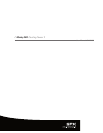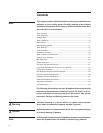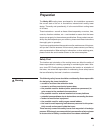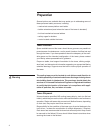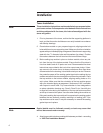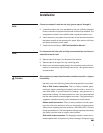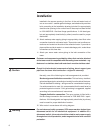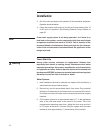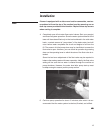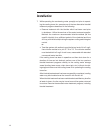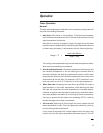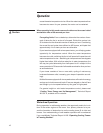
4
Preparation
Several options are available that may assist you in addressing some of
these personnel safety concerns, including:
— mechanical access platform and ladder
— ladder extensions (used where the base of the tower is elevated)
— inclined mechanical access ladders
— safety cages for ladders
— motor located outside the tower
Tower Location
Space available around the tower should be as generous as possible to
promote ease of maintenance—and to permit freedom of airow into and
through the tower. If you have questions about the adequacy of the avail-
able space and the intended conguration of the tower, please contact
your Marley sales representative for guidance.
Prepare a stable, level support foundation for the tower, utilizing weight,
wind load, and dimensional information appearing on appropriate Marley
submittal drawings. Supports must be level to insure proper operation of
the tower.
The cooling tower must be located at such distance and direction to
avoid the possibility of contaminated tower discharge air being drawn
into building fresh air intake ducts. The purchaser should obtain the
services of a Licensed Professional Engineer or Registered Architect
to certify that the location of the tower is in compliance with appli-
cable air pollution, re, and clean air codes.
Tower Shipment
Unless otherwise specied, MD cooling towers ship by truck (on at bed
trailers), which lets you receive, hoist, and install the tower in one continuous
operation. Single-cell towers ship on one truck. Multicell towers, depending
on their size, may require more than one truck.
Responsibility for the condition of the tower upon its arrival belongs to the
truck driver—as does the coordination of multiple shipments, if required.
Each tower has recommended tie down instructions by which they should
be secured to the atbed. Drivers should follow these instructions when
securing the tower to the at-bed.
Warning



